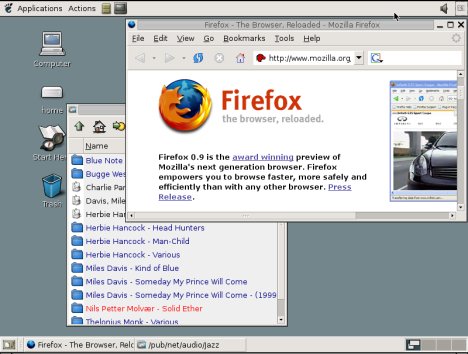Dumbing Down Our Kids: Why American Children Feel Good About Themselves But Can't Read, Write, Or Add.Charles J. Sykes, author of the 1996 book
----------------------------------------
Rule No. 1: Life is not fair. Get used to it. The average teen-ager uses the phrase "It's not fair" 8.6 times a day. You got it from your parents, who said it so often you decided they must be the most idealistic generation ever. When they started hearing it from their own kids, they realized Rule No. 1.
Rule No. 2: The real world won't care as much about your self-esteem as much as your school does. It'll expect you to accomplish something before you feel good about yourself. This may come as a shock. Usually, when inflated self-esteem meets reality, kids complain that it's not fair. (See Rule No. 1)
Rule No. 3: Sorry, you won't make $40,000 a year right out of high school. And you won't be a vice president or have a car phone either. You may even have to wear a uniform that doesn't have a Gap label.
Rule No. 4: If you think your teacher is tough, wait 'til you get a boss. He doesn't have tenure, so he tends to be a bit edgier. When you screw up, he's not going to ask you how you feel about it.
Rule No. 5: Flipping burgers is not beneath your dignity. Your grandparents had a different word for burger flipping. They called it opportunity. They weren't embarrassed making minimum wage either. They would have been embarrassed to sit around talking about Kurt Cobain all weekend.
Rule No. 6: It's not your parents' fault. If you screw up, you are responsible. This is the flip side of "It's my life," and "You're not the boss of me," and other eloquent proclamations of your generation. When you turn 18, it's on your dime. Don't whine about it, or you'll sound like a baby boomer.
Rule No. 7: Before you were born your parents weren't as boring as they are now. They got that way paying your bills, cleaning up your room and listening to you tell them how idealistic you are. And by the way, before you save the rain forest from the blood-sucking parasites of your parents' generation, try delousing the closet in your bedroom.
Rule No. 8: Your school may have done away with winners and losers. Life hasn't. In some schools, they'll give you as many times as you want to get the right answer. Failing grades have been abolished and class valedictorians scrapped, lest anyone's feelings be hurt. Effort is as important as results. This, of course, bears not the slightest resemblance to anything in real life. (See Rule No. 1, Rule No. 2 and Rule No. 4.)
Rule No. 9: Life is not divided into semesters, and you don't get summers off. Not even Easter break. They expect you to show up every day. For eight hours. And you don't get a new life every 10 weeks. It just goes on and on. While we're at it, very few jobs are interested in fostering your self-expression or helping you find yourself. Fewer still lead to self-realization. (See Rule No. 1 and Rule No. 2.)
Rule No. 10: Television is not real life. Your life is not a sitcom. Your problems will not all be solved in 30 minutes, minus time for commercials. In real life, people actually have to leave the coffee shop to go to jobs. Your friends will not be as perky or pliable as Jennifer Aniston.
Rule No. 11: Be nice to nerds. You may end up working for them. We all could.
Rule No. 12: Smoking does not make you look cool. It makes you look moronic. Next time you're out cruising, watch an 11-year-old with a butt in his mouth. That's what you look like to anyone over 20. Ditto for "expressing yourself" with purple hair and/or pierced body parts.
Rule No. 13: You are not immortal. (See Rule No. 12.) If you are under the impression that living fast, dying young and leaving a beautiful corpse is romantic, you obviously haven't seen one of your peers at room temperature lately.
Rule No. 14: Enjoy this while you can. Sure parents are a pain, school's a bother, and life is depressing. But someday you'll realize how wonderful it was to be a kid. Maybe you should start now. You're welcome.






 Opinion -- I remember when getting a decent PC would set you back at least a grand. Then it was $500. Now, it's $150!? That's the story that small vendor LinFX wants you to buy along with its PC with pre-installed Linux.
Opinion -- I remember when getting a decent PC would set you back at least a grand. Then it was $500. Now, it's $150!? That's the story that small vendor LinFX wants you to buy along with its PC with pre-installed Linux.